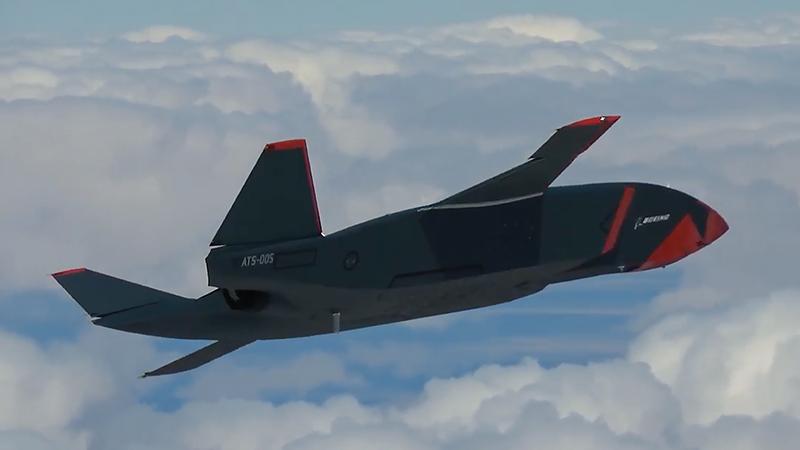
Boeing’s MQ-28 is informing both the Australian and American paths ahead with uncrewed combat aircraft.
Credit: Boeing
The U.S. Navy is Down Under operating Boeing Australia’s MQ-28 Ghost Bat alongside the Royal Australian Air Force while the American service is in the early days of determining the path ahead for its own Collaborative Combat Aircraft. The Navy lags the other U.S. services in early CCA plans The...
U.S. Navy Flies Australia’s Ghost Bat As It Studies CCA Plans is available to both Aviation Week & Space Technology and AWIN subscribers.
Subscribe now to read this content, plus receive critical analysis into emerging trends, technological advancements, operational best practices and continuous updates to policy, requirements and budgets.
Already a subscriber to AW&ST or AWIN? Log in with your existing email and password.





